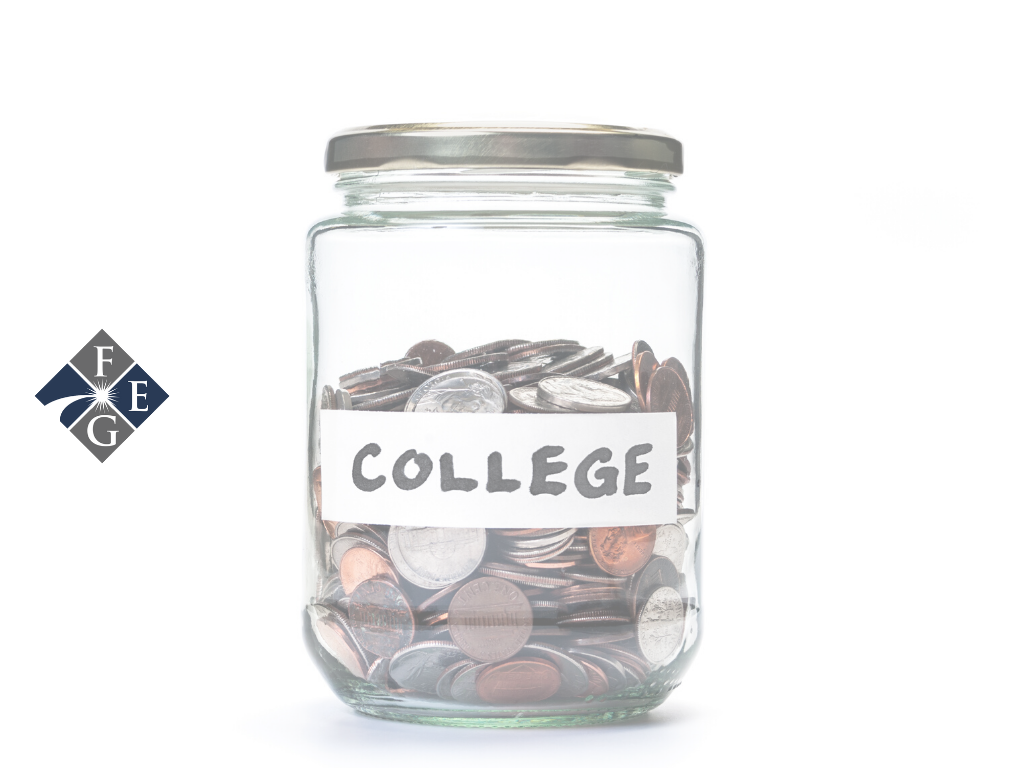College students have steep learning curves. In high school, they had to do well academically, participate in extracurricular activities, comply with the rules of their parents’ homes and, possibly, have a job. At college, they must decide what to study, how many credits to take, adapt to a different schedule, and other important decisions, all while adjusting to a new environment and learning to manage time, communicate with professors and administrators, network with peers, and manage finances.
Borrowing for college
A key aspect of finances for many college students is student loans. When scholarships, grants, income, and savings are not enough to cover the cost, students often borrow to pay for college. 70 percent of college graduates leave school with a loan, and the average amount owed is about $37,172, according to an article by CNBC.com.1 At graduation, accumulated debt may include:2
- Direct subsidized loans (the government pays interest while students are in school)
- Direct unsubsidized loans (students owe interest while in school)
- Direct PLUS loans (for parents and graduate students)
- Perkins loans
- State and private loans (usually co-signed with an adult)
Different types of loans offer different interest rates and repayment schedules. The federal government finances some loans. Private lenders fund others. Some loans are need-based, while others are not.2 All in all, outstanding student loan debt in the United States totals about $1.5 trillion.1
Many students don’t know much about their loans
There are many details to understand and track when students borrow. That’s one reason many colleges and universities require student borrowers to attend loan counseling sessions before receiving loans.3 Unfortunately, a survey by The Lending Tree on StudentLoanHero.com found few students retain much of the information presented:4
- 1 out of 10 student loan borrowers believe that you don’t have to repay your loans after college if you are unable to find a job.
- Over 50% of student loan borrowers don’t understand that interest on loans accrues while they are in school.
- At least 7 out of 10 student loan borrowers do not know the rules of student loan forgiveness.
- 1 out of 3 student loan borrowers do not understand the role of credit scores and cosigners in student loans.
A Brookings Institute study found about one-half of students underestimate the cost of college and one-third cannot provide an accurate estimate of their debt. The survey concluded:5
“It is clear from the analysis presented here that enrolled college students do not have a firm grasp on their financial positions, including both the price they are paying for matriculation and the debt they are accruing. Without this information, it’s unlikely that students will be able to make savvy decisions regarding enrollment, major selection, persistence, and employment. Without knowledge of their financial circumstances, a student with a large sum of debt might be unprepared to compete for the jobs that would pay generously enough to allow them to repay their debt without having to enter an income-based repayment program.”
The confusion carries into repayment options
Unfortunately, student loan confusion doesn’t end with college. In large part, that’s because there is a multitude of repayment options for college graduates. The Department of Education’s Federal Student Aid website offers an overview of the eight repayment options for Direct Loans and Federal Family Education Loans. These include:6
- Standard repayment plan (fixed payments)
- Graduated repayment plan (increasing payments)
- Extended repayment plan (fixed payments over 25 years)
- Income-based Repayment Plan (income-based repayment)
- Income Contingent Repayment (income-based repayment)
- Income-Sensitive Repayment Plan (income-based repayment)
- Pay As You Earn Repayment Plan (income-based repayment)
- Revised Pay As You Earn Repayment Plan (revised income-based repayment)
Of course, the choices available for repaying private student loans are different and vary by lender. Also, marketplace and peer-to-peer lending platforms make it possible to refinance and consolidate student loan debt, sometimes at lower interest rates.7
Tax implications may also play a role in loan repayment decisions. Interest paid on student loan debt may be tax deductible. Paying interest on student loans can reduce taxable income by $2,500 for some Americans. On the other hand, if students are still in school, they have access to tax breaks such as the American opportunity credit.
Is borrowing for college worth it?
A college degree is almost a necessity today. Pew Research Center reported that “college graduates, regardless of generation, earn more than those without a degree.”9
When a degree confers so many benefits, borrowing to pay for college appears to be a reasonable choice as long as students make healthy repayment choices. In a world where so many repayment options are available, graduates may want to work with financial professionals to accurately determine which repayment programs may be the most beneficial.
If you would like to talk with a financial professional about a savings plan for college or 529 plans, please, contact me or someone at the Financial Enhancement Group at 1-800-928-4001. You can also visit the Financial Enhancement Group’s website at www.fegplan.com
Disclaimer: Do not construe anything written in this post or this blog in its entirety as a recommendation, research, or an offer to buy or sell any securities. Everything in this post is meant for educational and entertainment purposes only. I or my affiliates may hold positions in securities mentioned in the blog. Please see our Disclosure page for the full disclaimer.
Sources:
1https://lendedu.com/blog/January-student-loan-survey
2https://bigfuture.collegeboard.org/pay-for-college/loans/types-of-college-loans
3https://studentloans.gov/myDirectLoan/index.action
5http://www.brookings.edu/~/media/research/files/reports/2014/12/10-borrowing-blindly/are-college-students-borrowing-blindly_dec-2014.pdf(Pages 1 and 10)
6https://studentaid.ed.gov/sa/repay-loans/understand/plans#direct-and-ffel
7http://www.business.com/finance/finance-meet-your-new-match-fintech-trends-to-watch-in-2016/
8https://www.nerdwallet.com/blog/loans/student-loans/8-student-faqs-taxes/
9https://csuglobal.edu/resources/frequently-asked-questions-faq/is-college-worth-it


